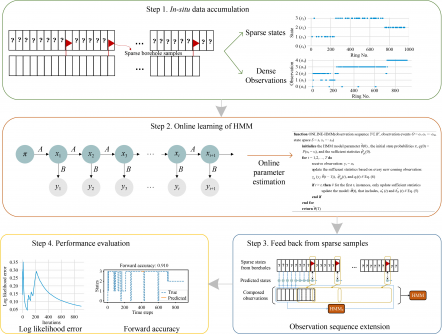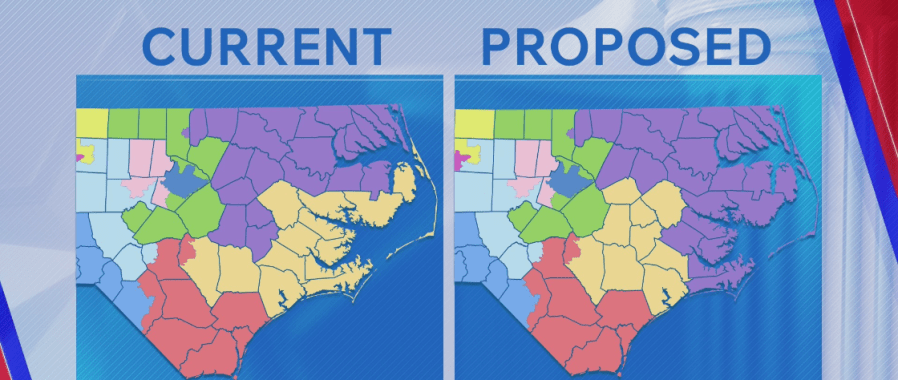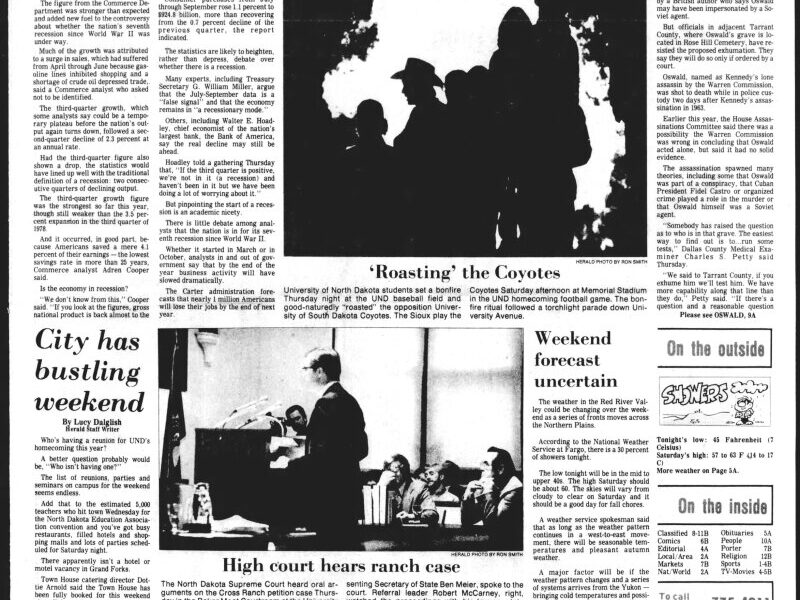URGENT UPDATE: A groundbreaking study reveals a revolutionary approach to predicting geological risks in tunnel construction, addressing critical safety and efficiency concerns. Researchers from the Huazhong University of Science and Technology and Nanyang Technological University have developed an innovative online hidden Markov model (OHMM) that adapts to real-time data, significantly enhancing risk assessment processes.
In tunnel excavation, accurate geological risk estimation is vital to prevent catastrophic events such as collapses, water inrushes, and landslides. These hazards often lead to project delays, cost overruns, and even tragic safety incidents, making reliable prediction methods essential for the industry.
Traditional geological data collection methods have significant limitations. Invasive techniques like borehole logging can reach depths of up to 12 km but provide sparse data. Conversely, non-invasive methods, including seismic and electromagnetic techniques, offer high spatial resolution but fall short on accuracy, leading to potential measurement errors.
The challenge intensifies with conventional machine learning techniques, which typically require substantial pre-existing data. Tunnel projects generate data incrementally, causing traditional models to struggle with uncertainties arising from this new information. The OHMM overcomes this limitation by continuously updating its parameters with each new data point.
The study introduces an observation extension mechanism that utilizes pre-construction borehole samples to enhance limited data, allowing for improved geological risk characterization. Testing this model in a case study involving a tunnel excavation project in Singapore, which included 915 rings, demonstrated its superior capabilities.
Key findings show that the OHMM can predict geological risks ahead of the tunnel boring machine (TBM). For instance, using just 300 observed rings of data, the model achieved an impressive forward prediction accuracy of 0.968. Even with 600 observed rings, it maintained a robust accuracy of 0.902, far surpassing traditional methods like long short-term memory (LSTM) networks, neural networks (NN), and support vector machines (SVM).
The model’s stability extends to predictions made up to 100 rings ahead, with a recommended foresight distance of 30 rings for practical excavation guidance, balancing accuracy with operational stability.
This innovative research, authored by Limao Zhang, Ying Wang, Xianlei Fu, Xieqing Song, and Penghui Lin, is set to transform tunneling practices, enhancing safety and efficiency in construction projects worldwide. The full text of the paper is available for detailed insights at: https://doi.org/10.1007/s42524-024-0082-1.
As global infrastructure projects continue to expand, the implementation of advanced predictive models like the OHMM could significantly mitigate risks, ensuring safer working environments and better resource management. Stay tuned for more updates on this evolving technology that could reshape the future of tunnel excavation.






